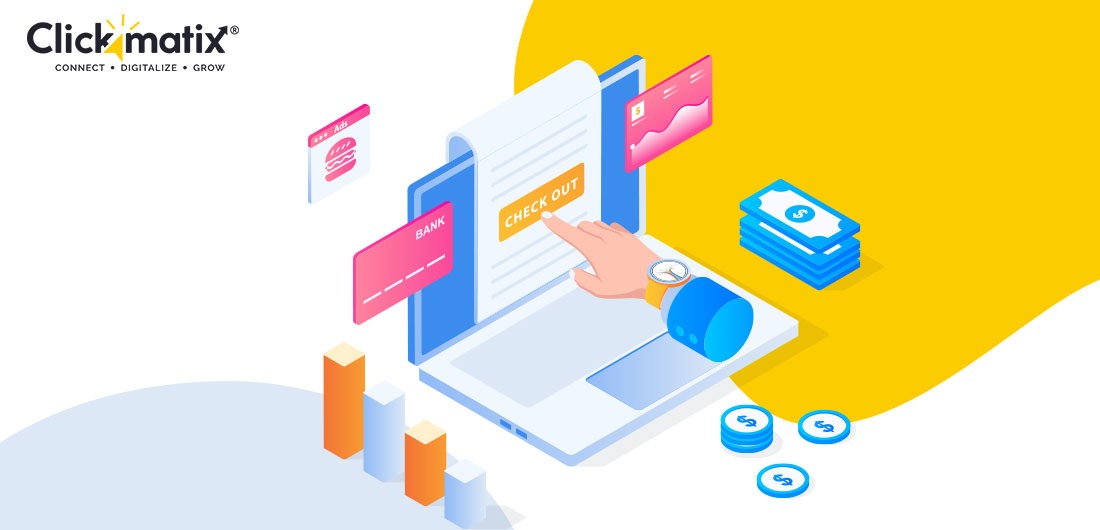
Do you know that more than 50% of ad clickers are more likely to purchase products than organic visitors? Because of this, it is important for every marketer to be aware of the biggest PPC trends for 2022. With this, in the fourth quarter of 2019, till now Google Ads had 18 upgrades, whereas, Microsoft Advertising received four updates throughout the year.
Smart advertising campaigns, YouTube’s lead ads, and the audience expansion tool (similar to Facebook’s Lookalike Audience) were among the most exciting announcements from Google Marketing Live 2019 – an annual conference for marketers to learn about the latest products or new features for the coming year.
Microsoft has been experimenting with AI-powered recommendations in their Advertising Editor. Their update included ideas like adding new keywords, estimating mainline bids, and repairing ad groups that are missing advertisements or keywords.
Whether you’re an advertiser or a marketing agency, staying up to date on the latest features and trends can help you take your PPC game to the next level in 2022 and beyond.
10 PPC Trends You Can’t Ignore.
PPC Automation is the first trend to emerge
Automation – the use of artificial intelligence (AI) and machine learning (ML) to automate labor-intensive operations associated with Google and Bing ads – will be one of the main trends in Pay-per-Click (PPC) advertising.

The global automation sector is expected to grow at a rapid pace by 2021, generating somewhere in the vicinity of $238 billion, with process automation accounting for the largest segment. By 2021, the market for process automation will have grown from 71.5% to 83.2%:
- Although PPC automation isn’t quite new, it will begin to play a considerably larger part in the future, such as with ad testing.
- Automation will be utilised to optimise PPC campaigns, according to the evidence, and will be readily adopted by PPC specialists too.
- Calculate the most effective bidding strategy for various objectives.
- Set bids to get as many conversions as possible within a specified time frame. CPA
- Look for ad auctions that are more likely to result in conversions to increase CPC.
- Stop running ads that aren’t working and focus on the ones that are.
- Determine whether or not an account is performing well.
- Ads are generated dynamically based on user behavior and the content of the page.
- Using Google Scripts, create and optimise ad copy depending on data streams.
- Automate the creation of ad performance reports.
Goodbye, third-party cookies, and welcome, first-party information
Despite Google’s delay in removing third-party cookies from its Chrome browser, it’s clear that third-party cookies are on their way out, making first-party data even more valuable. That is why companies should begin investing in their first-party data now rather than later.
First-party data can come from a variety of sources, including trade show business cards and website email sign-ups. Tools like Lusha, Clearbit, and Snitcher can also help your company qualify and nurture traffic to its website.
- Calculate the impact of each marketing channel on the bottom line.
- Syncing data from marketing and sales.
- Syncing and integrating data from third-party platforms like Salesforce, Shopify, and Marketo.
- Calculate your marketing efforts’ return on investment (ROI).
In any case, first-party data reigns supreme when it comes to PPC trends.
Artificial Intelligence (AI) is the second trend
Artificial intelligence is transforming the world in general, with a projected economic impact of $15.7 trillion by 2030. When it comes to PPC, AI will help marketers build more effective ad campaigns, and it will be especially valuable for:
- Predict future ad click-through rates (CTR).
- Calculate the influence of advertisements on quality scores.
- Determine the likelihood of a given client converting.
- Analyse which bids are most likely to generate the most traffic and then optimise keywords, adverts, or campaigns when a specific occurrence occurs (e.g., when your CPC falls below a specified amount)
- As AI gains a better understanding of your audience’s behavior, it will be able to develop more precise targeted ads, which will help your PPC campaigns perform better. And it’s not only Google or Bing ads that will be affected; AI will also have an impact on Amazon Ads.
With the help of AI, you can improve your Amazon Ads campaign to
- Bids should be automated (for both short-tail and long-tail keywords)
- Make bid adjustments based on the projected income per click for the keywords.
- Optimising ad campaigns targeting long-tail keywords
- At the same time, provide thorough diagnostic information for active keywords.
- Using AI to create excellent reports.
- Building PPC reports using Google partner solutions like Adzooma.
All you have to do now is:
- Connect your Google Adwords account.
- Click the “Create Report” button in the top right corner of the reporting pane.
- Add text, photos, or your logo to the elements you want in the report.
- Choose the metrics you want (keyword rank, ACoS, and so on) and the format you want them in (table, line graph, etc.)
Experiment with ad types that only big-name companies can afford
While digital advertising platforms such as Microsoft Advertising and Google Ads allow your company to promote its products, services, and brand across the web, other advertising mediums have a high entrance fee, making them only accessible to large corporations.
That is beginning to change.
More firms, such as small-to-midsized businesses (SMBs), will have access to new ad formats at cost-effective rates, according to PPC trends. For instance, your business may try out podcasts, linked TV, and video ads.
Experimenting with these new ad formats now rather than later will benefit your business in the following ways:
- Users should be targeted at all stages of the buying process, from awareness to consideration.
- Examine how various ad formats, such as podcasts and video, affect conversion rates.
- Stay ahead of the competition by using classic search ad strategies.
- So, if you’re advertising and want to increase your profits, consider adopting this PPC trend.
PPC and video ads
Let’s start with some video statistics:
- Videos will account for 82% of all corporate and consumer Internet traffic by 2022, up from 75% in 2017.
- Every week, 78% of individuals watched videos on the internet in 2019.
- A video’s message is remembered up to 95% of the time (as opposed to text).
- 92% of smartphone users claim they send videos to their pals.
- People trust a brand with videos 58% more than one without.
Now consider how the video will impact PPC in 2023:
- Google’s vertical video ads will need businesses to adjust.
- Marketers will increasingly use video advertising to link to products.
- Marketers will begin to use virtual reality (VR) to present viewers with “real” experiences.
- In video marketing, Instagram Stories will continue to reign supreme.
- Bumper Machine, one of Google’s most intriguing video ad capabilities, uses machine learning to build 6-second bumper adverts from lengthier videos (90 seconds or less) for display across YouTube:
This funnel-video strategy permits the marketers in managing the 6-second bumper ads, and skippable and non-skippable streaming ads.
Hello, Ads Data Hub, and goodbye, Pixel.
Pixel technology, which was designed for a world of single displays, is unable to track the performance of adverts across mobile devices. Marketers have had to rely on third-party pixels to gauge the efficacy of their YouTube advertisements because more than 70% of the time spent on YouTube is spent on mobile devices.
However, due to security concerns, Google has declared that third-party pixel tracking on YouTube would be prohibited beginning in early 2020. This limitation of tracking pixels has been a topic of discussion in the industry for the past few years, and as a result, Google has begun investing in Ads Data Hub. Marketers will be able to get more detailed data and measurements from the Ads Data Hub in order to better understand the efficacy of their ads across screens:
Source: Google blog
While the Ads Data Hub will still have some limits, it will provide more specific insights into changing consumer behavior and their response to advertisements.
Using PPC to broaden your horizons
You aren’t limited to search engines like Google or Bing when it comes to PPC advertising. You can venture out to other platforms if you want to. Consider the alternative platform for PPC in 2022. Consider the following platforms for paid advertising:

Get weekly insights for revenue-shifting results
Sign up for our newsletter and be the first one to know about our exclusive offers, digital marketing news and updates.
|
|
Thank you for Signing Up |


- Amazon*
- Walmart* and Sears* all have marketplaces.
Platforms designed specifically for eCommerce firms In 2022, expanding to various ad platforms does not imply that you will be targeting every platform. It entails determining where your target audience spends their time online and targeting them with paid advertising. Spend some time figuring out where your target audience hangs out (and whether they’re likely to switch to another platform by 2022), and then test your advertising on those platforms to see how they perform and if they’ll work for your business.
Voice search for PPC
In 2022, voice search is one of the newest PPC trends, and it offers advertisers a significant potential to target voice searches with PPC advertisements. Voice search sales are estimated to reach $40 billion by 2022. Furthermore, firms that include voice search optimisation in their marketing plan are expected to see a 30% rise in digital commerce income by 2021. Furthermore, more than half of voice-enabled speaker users want to hear from brands about offers, promotions, and specials.
So, get ready to create your PPC ads in 2022 by
Optimising for mobile devices: Voice searches account for 20% of all mobile searches, so if you’re planning for voice optimisation, device optimisation is a necessity. This is significant because if a user conducts a voice search and your result appears, they will visit your website. People are 52% less inclined to engage with a firm if they have a horrible mobile experience, so if your website isn’t mobile-friendly, you’ll miss out on significant conversions.
Integrating long-tail keywords for local searches: With more than 55% of consumers using voice search to discover a local business, businesses who want to get on board should start optimising their content for local keywords. Local keywords such as “near me” have surged by more than 500% in the last few years. There are other digital marketing trends that are growing too.
Optimising for conversational and question-based keywords: Did you realise that conversational queries account for 65% of all voice search queries? Target conversational keywords when adjusting for voice search to help you hit those voice search questions the best. You can also optimise for those important terms because most conversational keywords are question-based (who, what, when, where, etc.).
Smart Bidding: Smart bidding is a type of automated bidding strategy that employs machine learning to optimise your adverts for conversion based on the objectives you define. Essentially, it eliminates the guesswork from Google Ads bidding. In each auction, Google’s AI engine optimises for conversions automatically. You tell Google what you want to achieve with your advertising, and Smart Bidding figures out how to achieve it while staying within your budget. Smart Bidding can be used to achieve a variety of PPC objectives, including
Target CPA: Generate new leads and customers at the cost per acquisition that you want.
Target ROAS: Get the best return on investment (ROI) on your money by aiming for a high ROAS.
Maximise Conversion: Increase your conversion rate to maximise your conversions.
Google launched a few new smart bidding controls earlier this year, including
- Conversion Objectives at the Campaign Level: Previously, advertisers could only set conversion goals at the account level, but now they can do so at the campaign level. The way smart bidding is done will alter as a result of this.
- Maximize Conversions: Using your entire daily budget, this method will help you obtain the most conversions:
- Adjustments for Seasonality: Advertisers will have more control over ad-hoc events like one-time promotions thanks to seasonality changes. For example, if you know your conversion rate will surge in the coming days (maybe due to a pending promotion), you can make the necessary adjustments ahead of time.
In addition, Google is planning to implement value guidelines in the new year. Advertisers will be able to differentiate conversion values based on factors such as location, device, and audience using value rules.
Keeping track of campaign adjustments has become a challenge for marketers as more consumers conduct research in unexpected ways. Smart bidding saves marketers the time and effort of manually optimising each ad campaign, allowing them to focus on other aspects of their business.
Google AdMob with Smart Segmentation
Paid downloads and in-app advertising are estimated to produce $581 billion in income in 2022 (and up to $935 billion by 2023!). Smart segmentation, which was introduced in 2019, can assist gaming app developers in generating income from non-paying users. Smart segmentation employs machine learning to divide users into groups based on how likely they are to spend money on an app.
Displaying ads to gamers who are unlikely to buy something in-app. This will assist protect your customers’ usage experience while increasing your ad revenue. Users who are likely to make a purchase will not see an advertisement:
Google AdMob (“mobile advertising”) provides improved analytics and reporting options to help you unlock new insights and improve your app. When the technology finds anomalous changes in your key metrics, such as CPM or impressions, AdMob insights sends you an alert. Impacting user experience in case of app modifications.
Late in 2019, Google introduced additional AdMob functionalities.
User Engagement Card: This gives you information about user data like session/user, ad exposure/session, and average session duration:
This tool will let you understand how consumers interact with rewarded ads: Rewarded Ads Report
Google is testing a new AdMob API that allows advertisers to programmatically get publisher reports.
Easy Comparison Reporting: Advertisers may now compare two metrics in the same report, making it simple to see trends in their data:
In addition, the revenue report now includes in-app purchases and subscriptions, which were previously unavailable.
As more individuals spend time in virtual reality (VR) worlds, advertising will have new chances.
Here are four significant ways virtual reality might alter PPC advertising:
- To activate an advertisement, VR technology leverages eye-tracking technology. The ad will begin after the consumer has stared at it for a few moments.
- Viewers will be able to see which portions of the screen they are looking at and which areas they have decided to engage with using virtual reality.
- Because the majority of Millennials and Gen Zers use virtual reality, marketing to them will be simple in the next years.
- 360-degree films will allow customers to learn more about the products and engage with them.
- Virtual reality advertisements are designed to allow viewers to check out a product before purchasing it.
New Balance created a Display and Video 360 to allow users to explore their new running shoe and learn more about it before making a purchase:
- To get the most out of your Pay-per-Click advertising campaigns, you need to take advantage of these PPC trends as an advertiser.
- Automation and AI will transform the way organisations develop and run ads, and video commercials (including 360-degree video ads for VR) will become more prevalent across devices.
In 2022, marketers who optimise their advertising for voice search will notice a boost in their PPC efforts. Alternatives to Google and Facebook, such as Quora, LinkedIn, Adroll, and Amazon, will also help you improve your ROI in 2022. You must be knowing some key points while choosing a PPC management company for your company. Because it takes money to run an ad and you must be wanting benefits out of it.
In search for strategic sessions?
Let us understand your business thoroughly and help you
strategies your digital product.
It's time to call your business-
a brand!
Australian Owned Agency
Save Time and Money
Unbeatable Value
Where Work Gets Done
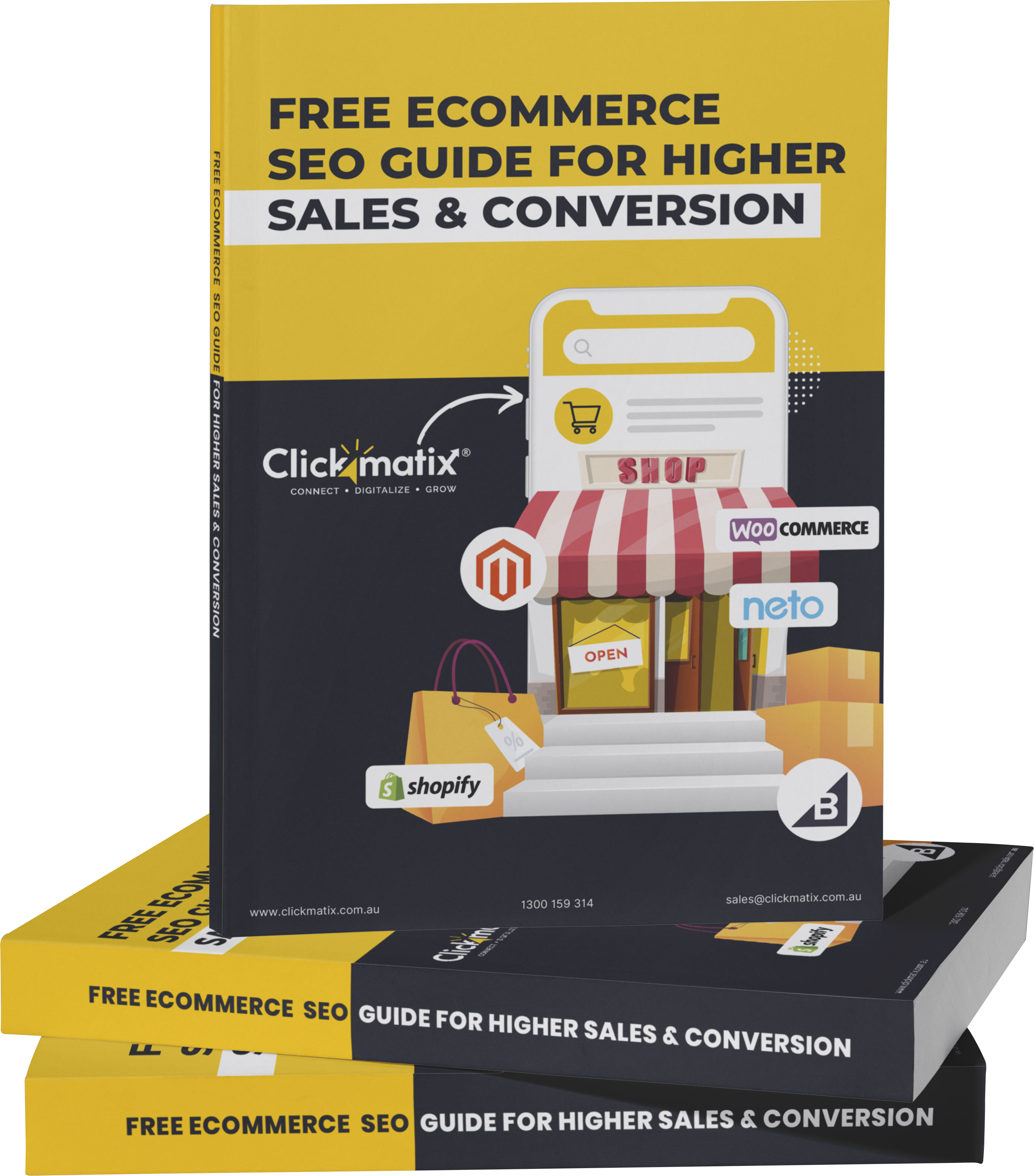
free Ecommerce SEO guide for Higher Sales & Conversion


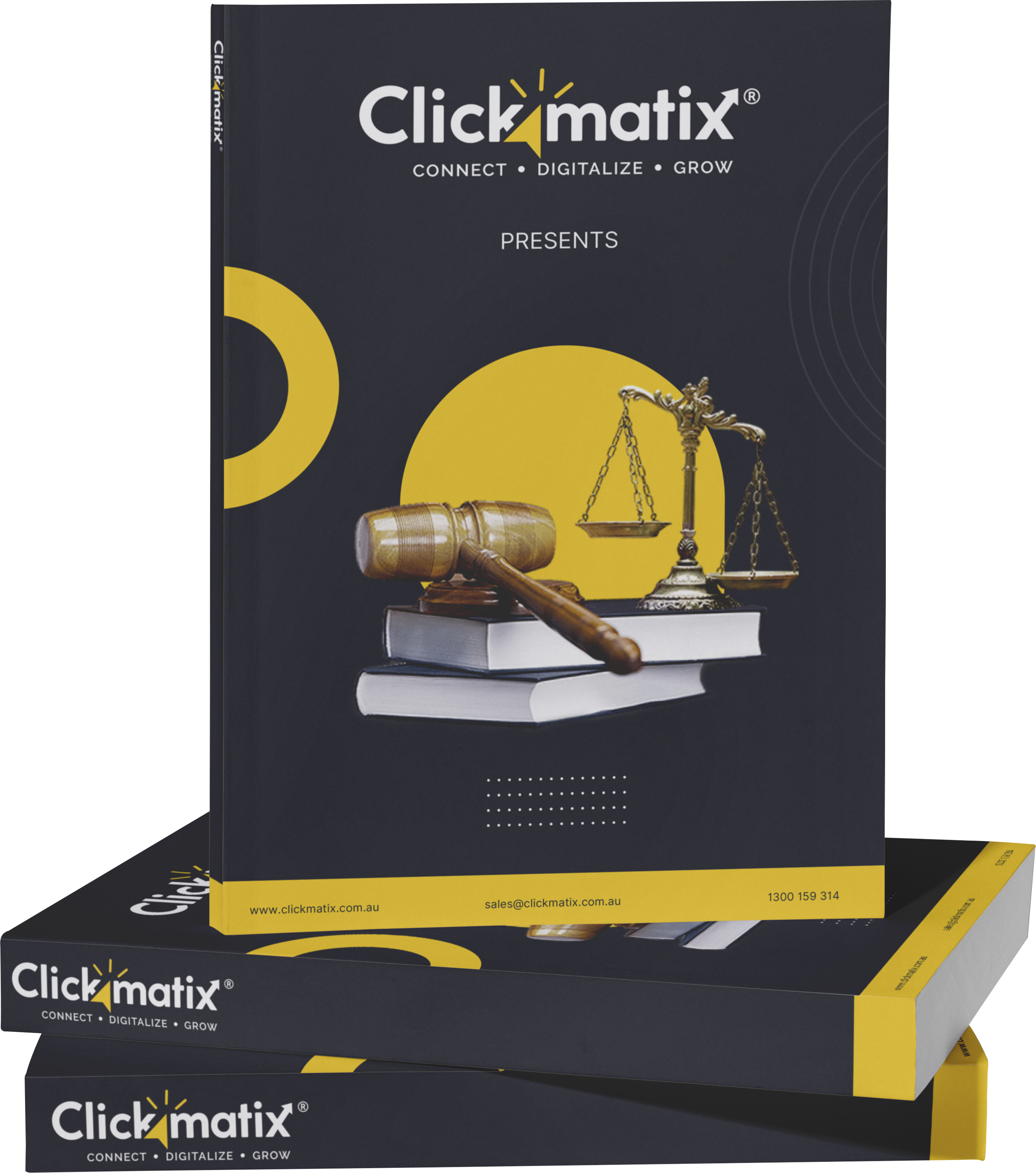
THE ULTIMATE MARKETING GUIDE FOR LAWYERS



Youtube Ads Guide How to Advertise on Youtube



free Ecommerce SEO guide for Higher Sales & Conversion


It's time to call your business-
a brand!
Australian Owned Agency
Save Time and Money
Unbeatable Value
Where Work Gets Done


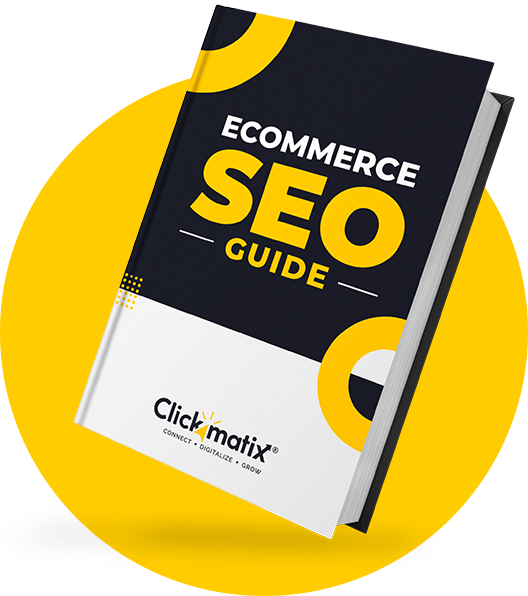
The Game-Changing Ecommerce SEO Guide That Will Blow Your Mind & Sales
With this Ecommerce SEO Guide, you'll be able to:
- Develop a Ecommerce SEO strategy.
- Build a content marketing strategy that aligns with your business goals.
- Convert your website visitors into paying customers.


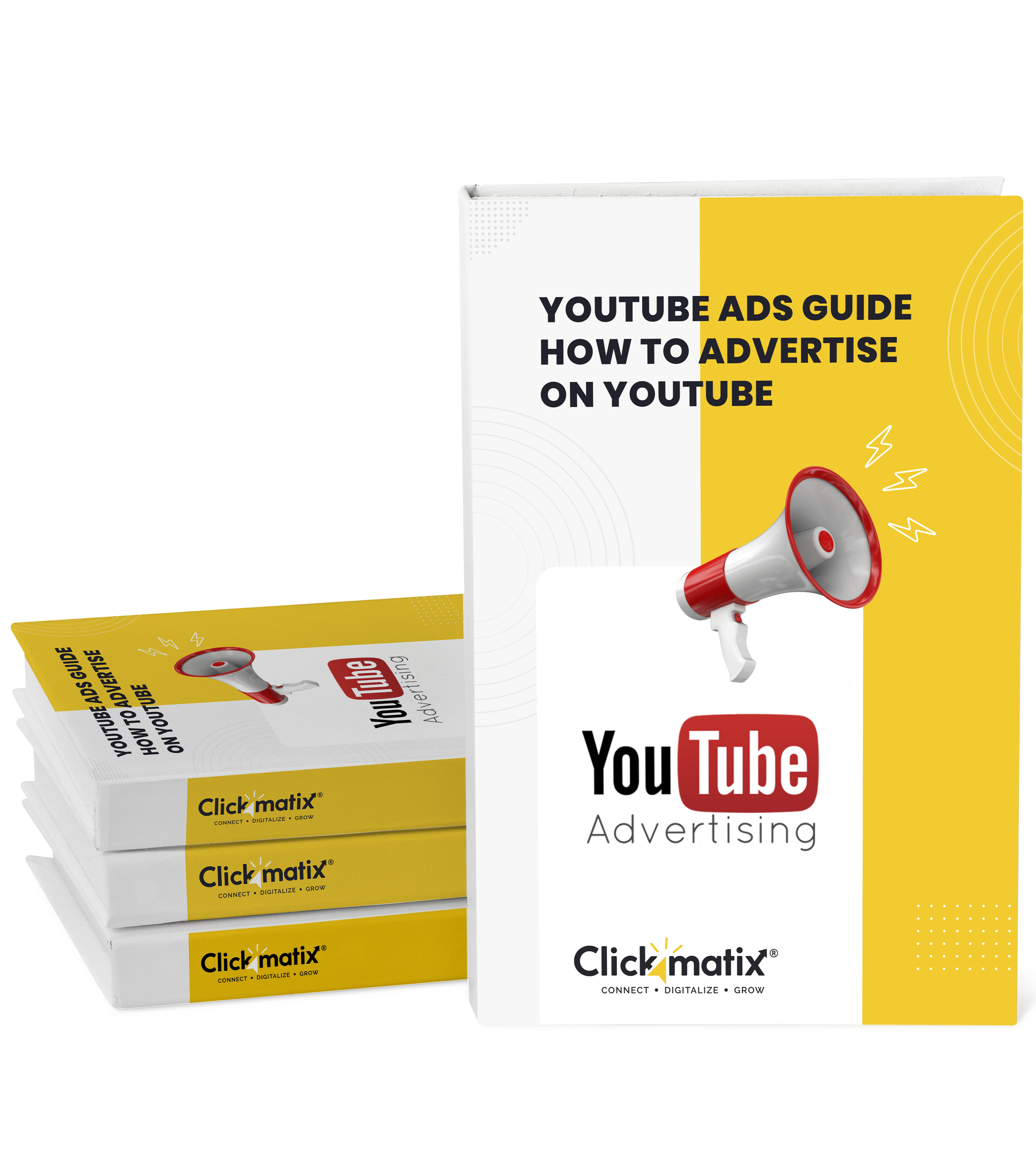
Youtube ads guide how to advertise on youtube
With this Youtube ads Guide, you'll be able to:
- Develop a Youtube ads strategy.
- Build a type of ads of your own that aligns with your business goals.
- Generate revenue from youtube ads.
It's time to call your business-
a brand!
Australian Owned Agency
Save Time and Money
Unbeatable Value
Where Work Gets Done








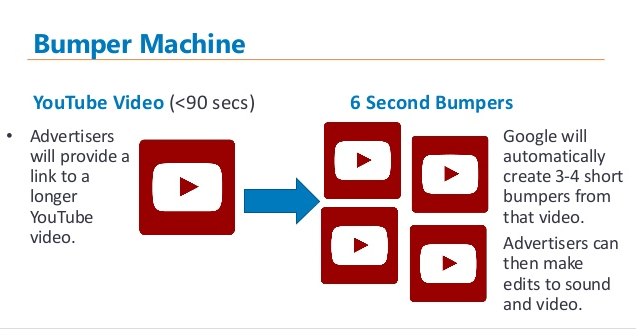
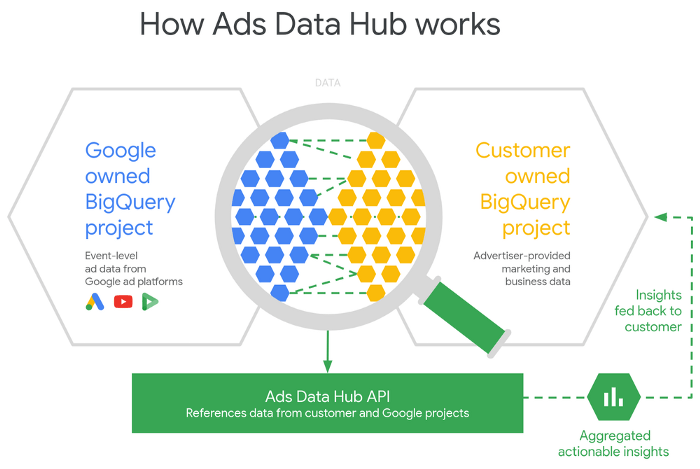
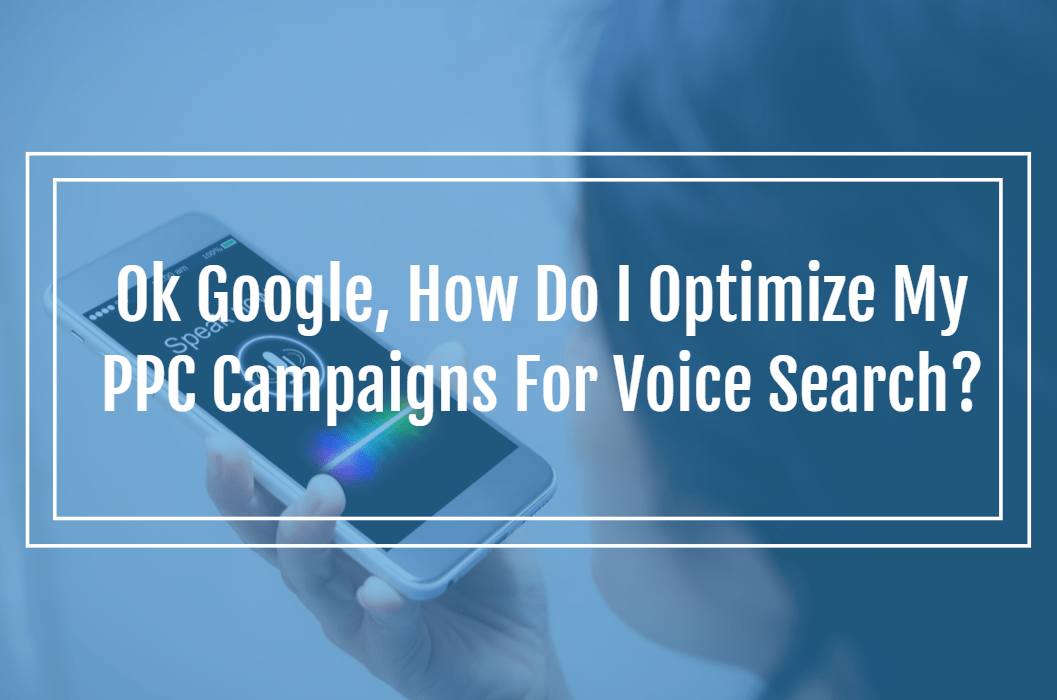
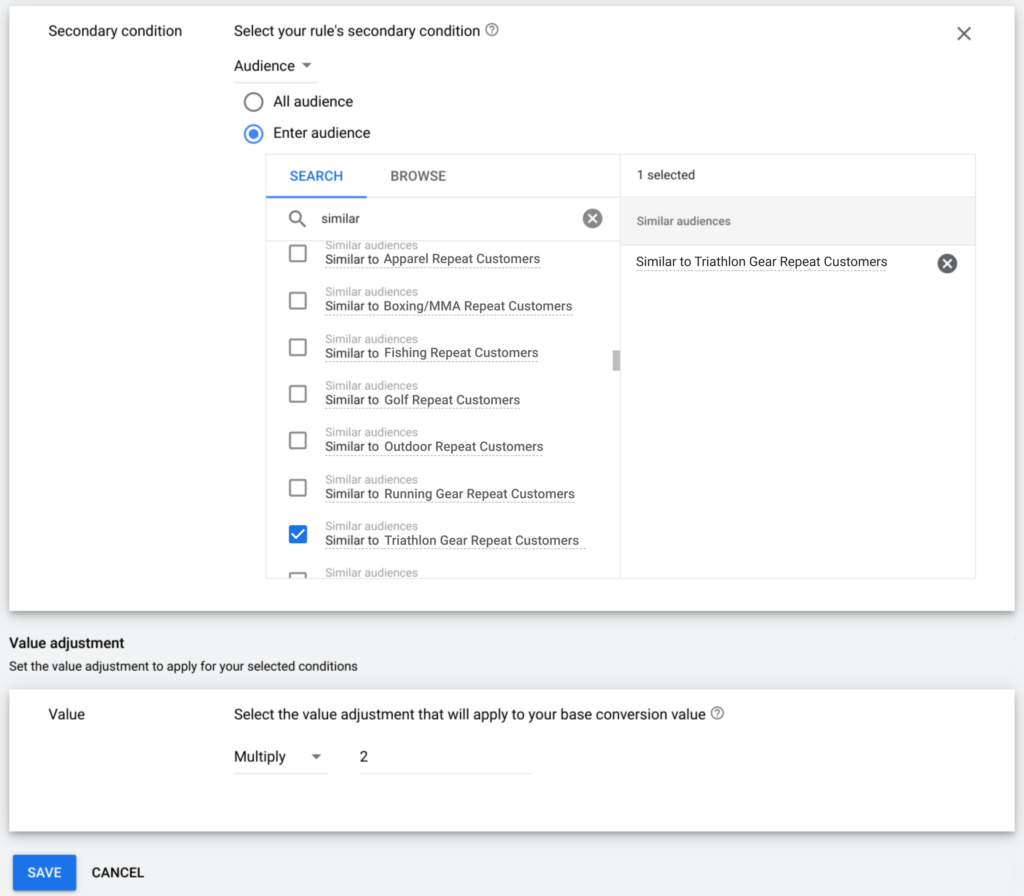

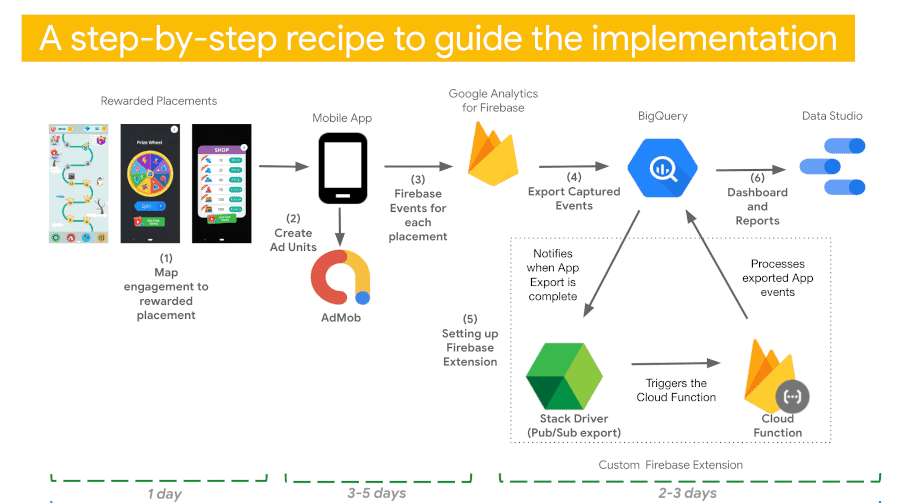
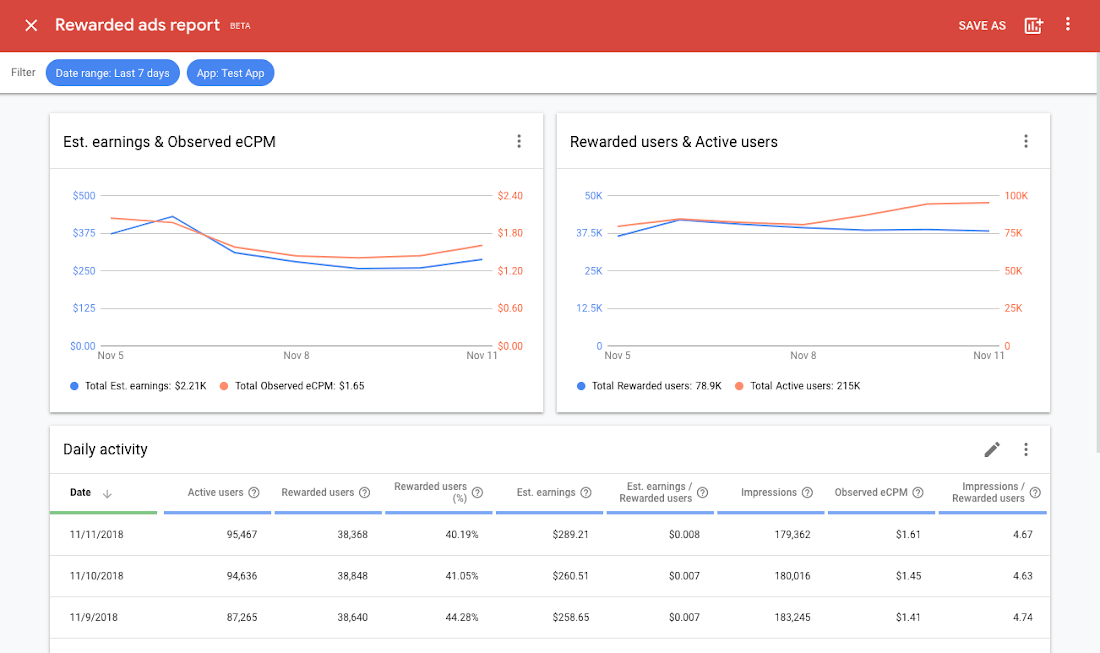

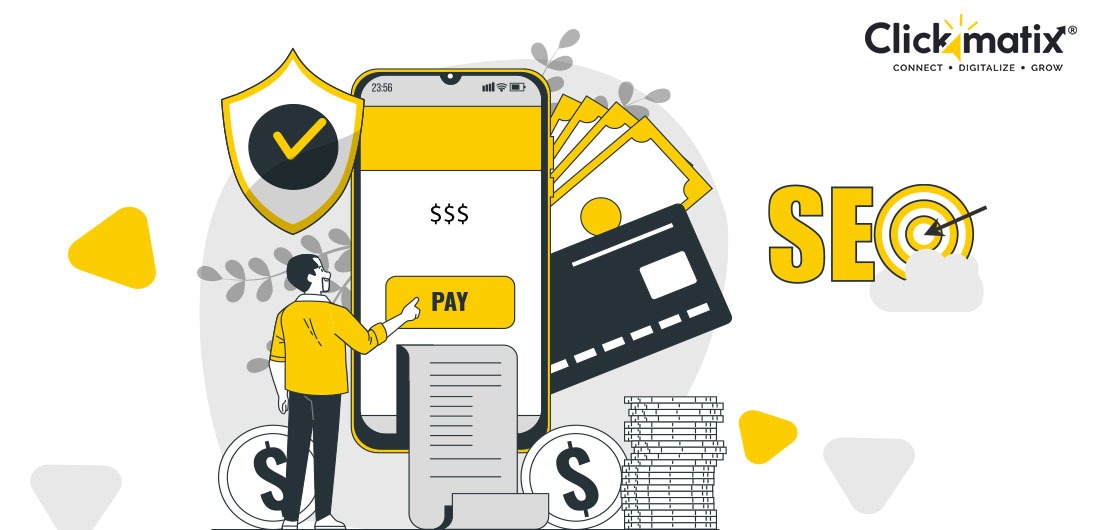
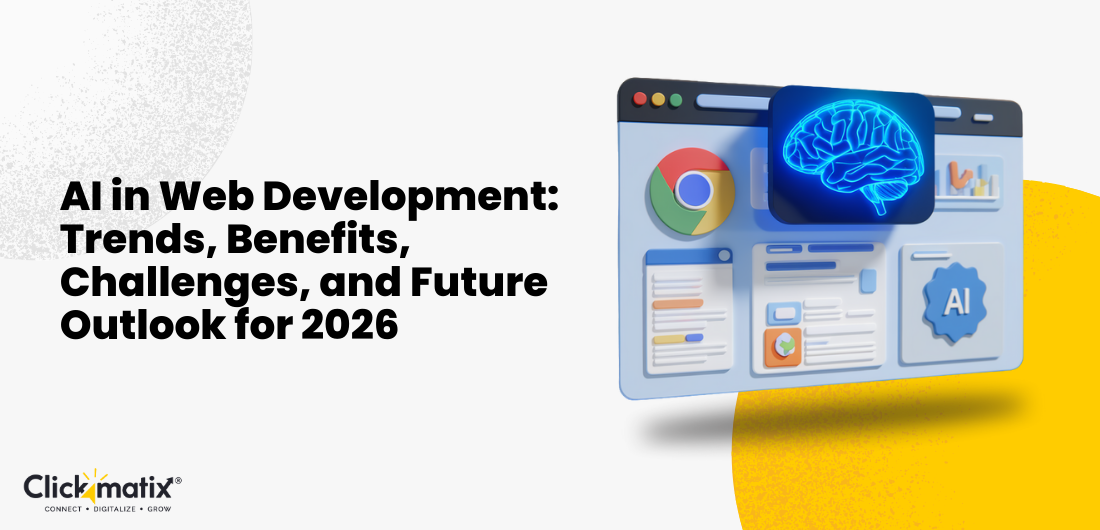
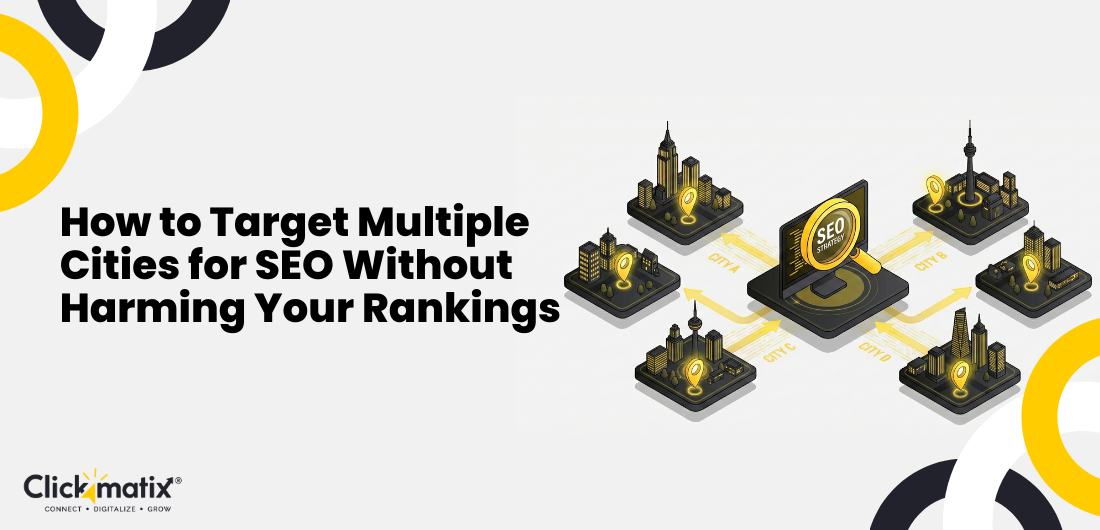
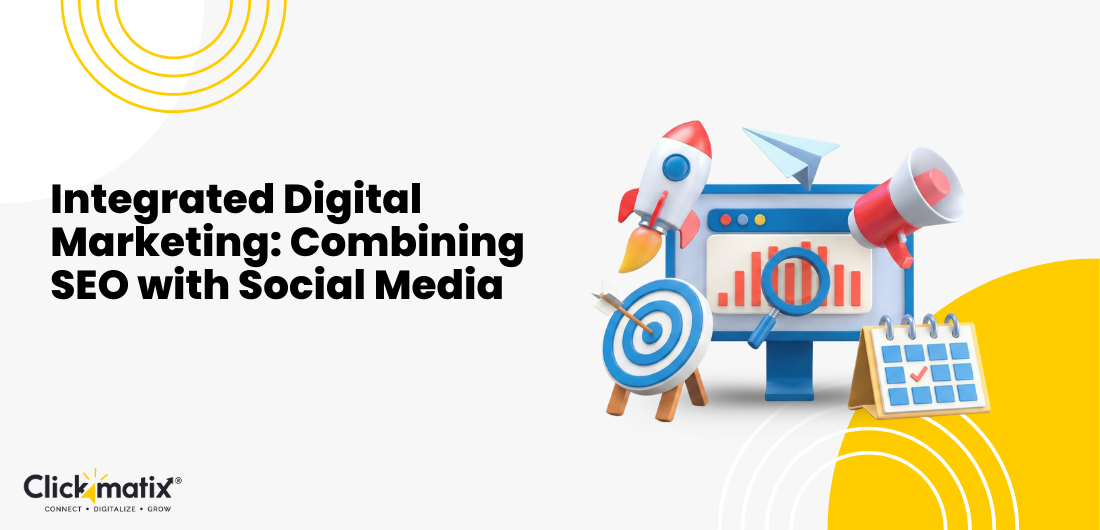
 Australian Owned Agency
Australian Owned Agency Save Time and Money
Save Time and Money Unbeatable Value
Unbeatable Value Where Work Gets Done
Where Work Gets Done